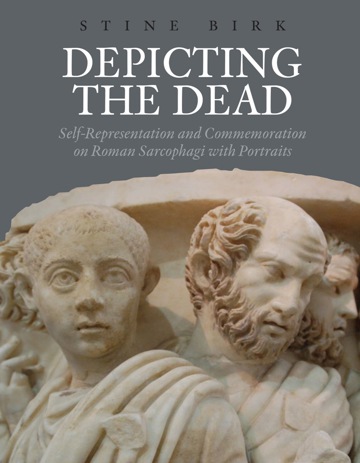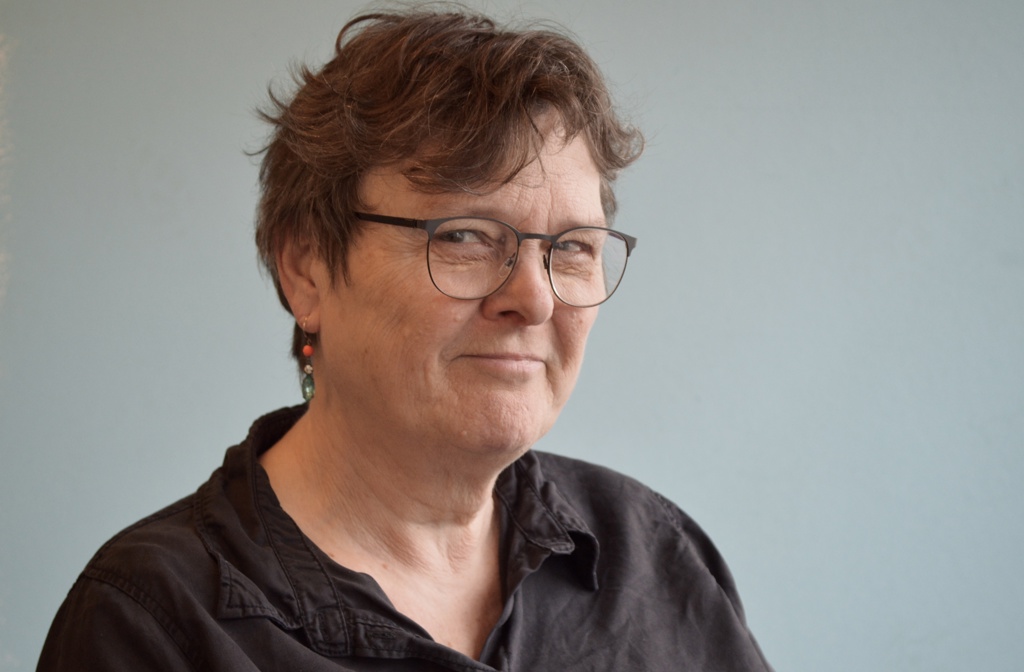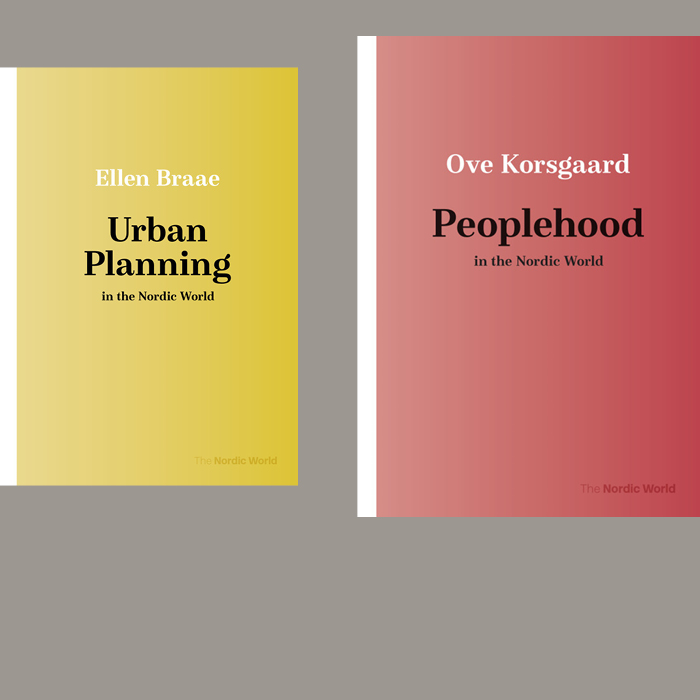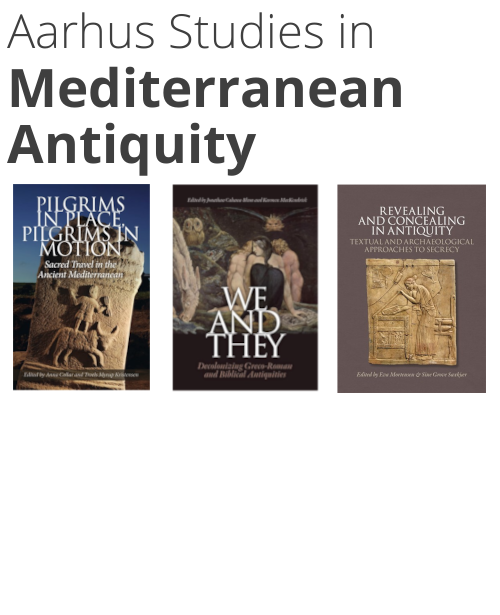
Depicting the Dead
Self-Representation and Commemoration on Roman Sarcophagi with Portraits
A part of the series Aarhus Studies in Mediterranean Antiquity (11) , and the subject areas Archaeology and History
More about the book
About the book
The present monograph takes its place in a now well-established tradition of seeing sarcophagi as visual statements of deceased individuals that used allegories to plot lives and personal memories against mythological and other idealised narratives. It focuses on Roman sarcophagi, often referred to as stadtrömisch, which reflects the fact that the field has traditionally been dominated by German scholars. The aim of the book is twofold: Firstly, it is an exploration of how to read Roman sarcophagi, which starts from those with portraits, but which can contribute more broadly to the study of sarcophagi in general. Secondly, this book investigates gender values as represented through images and how to locate the individual in standardised iconography.
For purchases outside of Denmark:
If you are located in the USA or Canada, please contact our US distributor, Longleaf Services, at orders@longleafservices.org or +1 919-503-6590.
For purchases in all other countries, you can find the title through our global distributor, The Mare Nostrum Group, here: https://mngbookshop.co.uk
Table of contents
Introduction
Negotiating Identity on Sarcophagi
Chapter 1
Images for Contemplation
Chapter 2
Exempla Virtutis: Portraits and Self-Representation on Sarcophagi
Chapter 3
Visualising Gender
Chapter 4
Filiae Innocentissimae, Filio Dulcissimo: Commemorating Children
Retrospect
Bibliography
Appendix A
Sarcophagi Commemorating Women, Men, Children, and Couples
Appendix B
Sarcophagi with Blank Portraits
Appendix C
Learned Figures with Portraits on Sarcophagi
Catalouge
Sanne Lind Hansen

MA in ethnography and classical archeology and trained at the Danish School of Journalism. Sanne primarily works with anthropology, archeology and early history. She is also responsible for foreign sales and commission agreements, and she was once employed at the National Museum (Antiquities).




